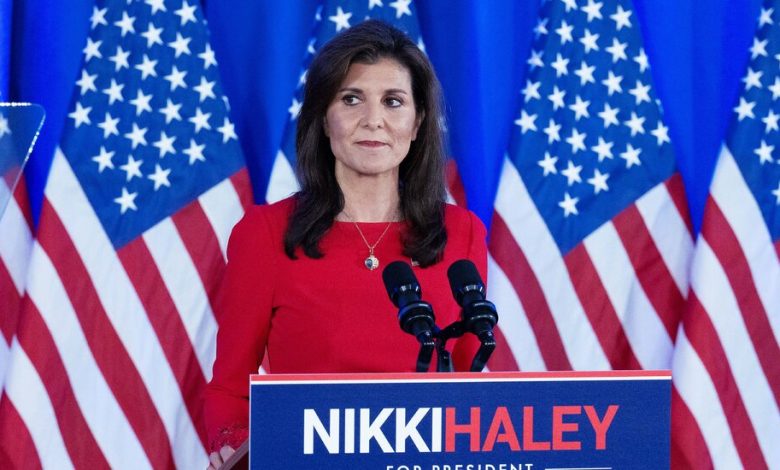Where Nikki Haley Won and What It Means


Credit…Ruth Fremson/The New York Times
When the first New York Times/Siena College poll of the Republican primary was released in July, a quarter of Republican voters said they were not open to supporting Donald J. Trump.
These “not Trump” voters were not like other Republicans. They were relatively affluent, moderate and highly educated. They supported immigration reform and aid to Ukraine. Most of all, they had an unfavorable view of Mr. Trump. A majority of these primary voters wouldn’t even support him in a general election against President Biden.
In the end, the not-Trump voters found a candidate in Nikki Haley, who suspended her campaign Wednesday. On Super Tuesday, she won 22 percent of the vote — just shy of the 25 percent who said they weren’t open to Mr. Trump in July.
The opening for Ms. Haley emerged long before she gained in the polls. As Ron DeSantis ran to the right, he became unpalatable to the relatively moderate voters who represented the core of any anti-Trump coalition. Ms. Haley’s staunch defense of America’s role in the world and relatively moderate stance on abortion was a breath of fresh air for these voters, and she quickly became the choice of the old neoconservative, establishment wing of the party.
In doing so, she became the only vigorous opponent to Mr. Trump. At the same time, she ensured she would be nothing more than a factional candidate — someone who appealed only to Mr. Trump’s opposition, a mere quarter of the Republican electorate.
